Introduction
Cooking dried noodles, often referred to as “hangmen mian” or simply “dried noodles” in various culinary traditions, can be a delightful and satisfying experience. Whether you’re preparing a quick weekday dinner or crafting a hearty meal for a family gathering, mastering the art of cooking dried noodles can elevate your culinary skills and delight your taste buds. In this comprehensive guide, we’ll explore the intricacies of preparing delicious dried noodles, from selecting the right ingredients to perfecting the cooking process and adding flavorful toppings. By the end, you’ll be equipped with the knowledge and techniques to create dishes that are both satisfying and impressive.
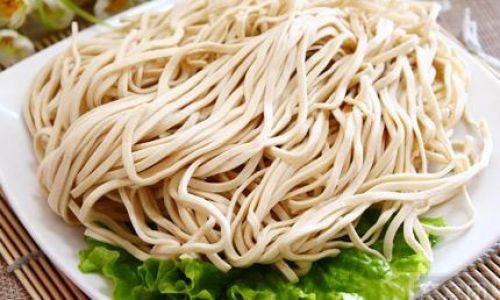
Chapter 1: Understanding Dried Noodles
Before diving into the cooking process, it’s essential to understand the basics of dried noodles. Dried noodles are made from various types of flour, water, and sometimes eggs or other ingredients. They come in various shapes and sizes, including thin strands, thick ribbons, and even small, twisted shapes. The type of flour used (wheat, rice, buckwheat, etc.) and the manufacturing process determine the texture, flavor, and cooking time of the noodles.
1 Types of Dried Noodles
- Wheat Noodles: These are the most common type of dried noodles and are made from wheat flour. They can be thin or thick and are often used in Asian cuisines, such as Chinese lo mein or Japanese udon.
- Rice Noodles: Made from rice flour, these noodles are gluten-free and have a unique, slightly sticky texture. They are popular in Southeast Asian dishes like Thai pad Thai and Vietnamese bun bo hue.
- Buckwheat Noodles: Known as soba noodles in Japan, these are made from buckwheat flour and have a nutty flavor and earthy aroma.
- Egg Noodles: These noodles contain eggs, which give them a richer flavor and a slightly chewier texture. They are often used in European and Asian dishes.
2 Choosing the Right Noodles
When selecting dried noodles, look for packages that have a clear expiration date and are sealed properly to prevent moisture from entering. The noodles should be dry and free of any mold or discoloration. If you’re unsure which type to choose, consider the dish you’re planning to make and the flavors you want to highlight. For example, rice noodles are ideal for dishes with a lot of sauce, while wheat noodles hold up well to stir-frying.
Chapter 2: Preparing to Cook Dried Noodles
Before you start cooking, there are a few essential steps to ensure your noodles turn out perfectly. Proper preparation can make a significant difference in the final texture and flavor of your dish.
1 Measuring and Soaking (If Necessary)
Some types of dried noodles, particularly rice noodles, may require soaking before cooking. This softens them and reduces the cooking time. Follow the package instructions for soaking, which typically involve immersing the noodles in cold water for a specified period (usually around 30 minutes to an hour).
For wheat noodles and other types that don’t require soaking, measure out the desired amount. Generally, 8 ounces (about 225 grams) of dried noodles is enough for two servings.
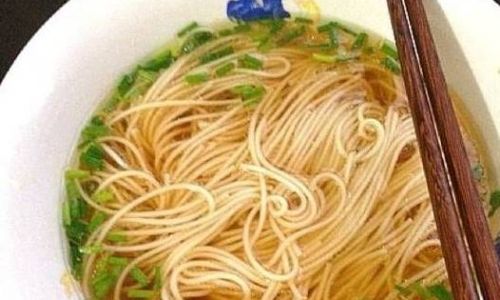
2 Boiling Water
Use a large pot with plenty of water for cooking dried noodles. The water should be boiling before you add the noodles. This ensures that they cook evenly and quickly. Add a pinch of salt to the water if you like, as it can enhance the flavor of the noodles.
Chapter 3: The Cooking Process
Now, let’s dive into the cooking process. The key to delicious dried noodles is to cook them to the right level of doneness—not too soft, not too firm.
1 Adding the Noodles
Carefully add the dried noodles to the boiling water. Use tongs or a large spoon to submerge them fully and prevent them from sticking together. Stir occasionally to separate the noodles and ensure they cook evenly.
2 Cooking Time
The cooking time for dried noodles varies depending on the type and thickness. Follow the package instructions for the best results. Generally, wheat noodles take around 3-5 minutes, rice noodles may take 5-8 minutes, and buckwheat noodles can take up to 10 minutes. Start checking the noodles a few minutes before the package-recommended time to avoid overcooking.
3 Testing for Doneness
To check if the noodles are done, remove one strand with tongs or a fork and let it cool slightly. Taste it to see if it has reached your desired texture. It should be tender but not mushy. If the noodles are still too firm, cook them for another minute or two and test again.
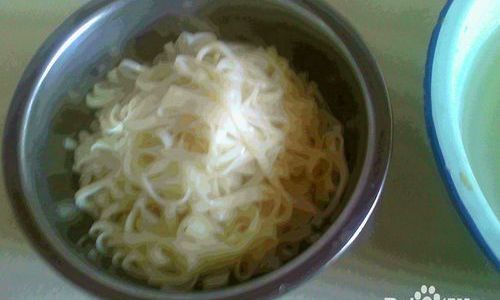
4 Reserving Cooking Water
Before draining the noodles, reserve a cup of the cooking water. This starchy water can be used to thicken sauces or add body to soups and stir-fries.
5 Draining and Rinsing
Once the noodles are cooked to your liking, drain them in a colander. If you’re not using them immediately, rinse them under cold water to stop the cooking process and prevent sticking. However, if you’re planning to serve them hot with a sauce or in a soup, you can skip the rinsing step.
Chapter 4: Seasoning and Serving
The real magic of dried noodles lies in the seasoning and toppings. This is where you can let your creativity shine and tailor the dish to your taste preferences.
1 Basic Seasoning
Start with a simple seasoning base. A drizzle of sesame oil, a sprinkle of salt, and a pinch of black pepper can elevate the flavor of your noodles. For a more complex profile, try adding soy sauce, rice vinegar, or toasted sesame seeds.
2 Adding Sauce
Sauces can transform your noodles into a gourmet dish. Here are a few options to consider:

- Oyster Sauce: Adds a rich, savory flavor to stir-fries and noodles.
- Hoisin Sauce: Sweet and tangy, perfect for Asian-inspired dishes.
- Peanut Sauce: Creamy and nutty, ideal for Thai-style noodles.
- Soy Sauce and Mirin: A classic Japanese combination that balances saltiness with sweetness.
3 Incorporating Toppings
Toppings can add texture, flavor, and visual appeal to your noodles. Here are some ideas:
- Protein: Grilled chicken, shrimp, tofu, or tempeh.
- Vegetables: Sautéed bell peppers, broccoli, snap peas, or spinach.
- Herbs and Greens: Chopped cilantro, scallions, or basil.
- Crispy Elements: Fried shallots, garlic chips, or toasted nuts.
- Cheese: For a fusion twist, try adding a sprinkle of Parmesan or a dollop of ricotta.
4 Creating Dishes
Now, let’s put it all together and create some delicious dishes.
- Pad Thai: Cook rice noodles, then stir-fry with shrimp, tofu, bean sprouts, peanuts, and a tangy tamarind sauce. Garnish with lime wedges and chopped cilantro.
- Lo Mein: Stir-fry wheat noodles with vegetables, pork, and a mixture of soy sauce, oyster sauce, and sesame oil. Serve with a side of pickled vegetables.
- Soba Noodles with Dipping Sauce: Cook soba noodles and serve them with a dipping sauce made from soy sauce, rice vinegar, mirin, and grated ginger. Top with arugula, avocado, and sesame seeds.
- Vegetable Stir-Fry with Rice Noodles: Cook rice noodles and stir-fry with a variety of vegetables, tofu, and a garlic-ginger sauce. Garnish with chopped scallions and toasted sesame seeds.
Chapter 5: Tips for Perfect Noodles
Finally, here are some tips to ensure your dried noodles are always perfect:
- Don’t Overcook: Overcooked noodles can become mushy and lose their texture. Always test for doneness before draining.
- Use High-Quality Ingredients: Invest in good-quality noodles and fresh ingredients for the best flavor.
- Experiment with Flavors: Don’t be afraid to try new sauces and toppings to find what you love.
- Cook in Batches: If you’re cooking for a crowd, cook the noodles in batches to avoid overcrowding the pot.
- Store Properly: Once cooked, store noodles in an airtight container in the refrigerator for up to three days. Reheat them gently to avoid drying out.
Conclusion
Cooking delicious dried noodles is an art that anyone can master with practice and the right techniques. By understanding the types of noodles, preparing them properly, and adding flavorful seasonings and toppings, you can create dishes that are both satisfying and impressive. Whether you’re making a quick weeknight dinner or crafting a gourmet meal, dried noodles offer endless possibilities for delicious and satisfying meals. Happy cooking!
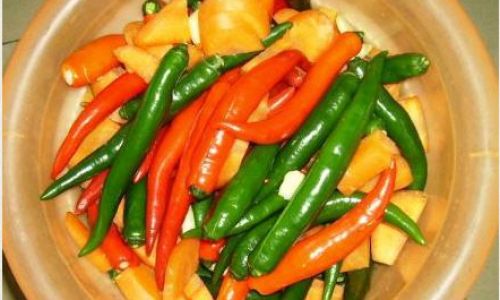
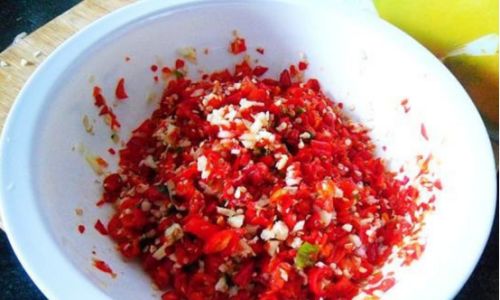
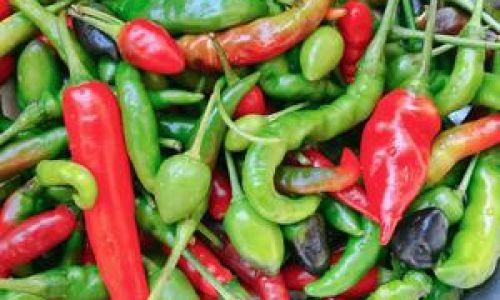
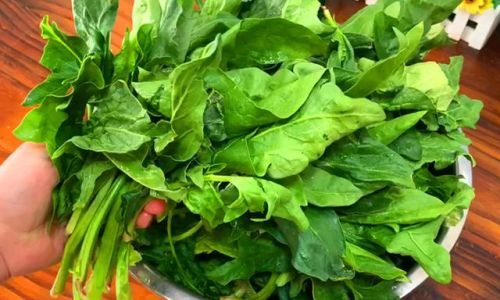
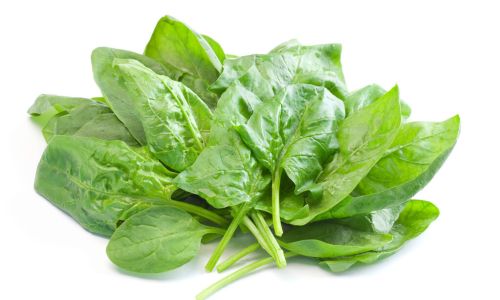
0 comments